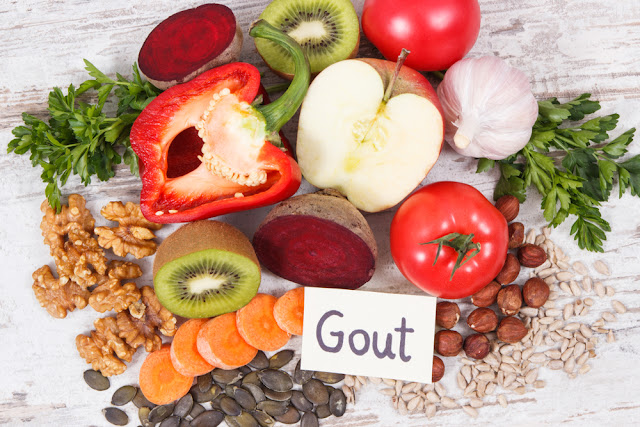What To Eat and Avoid for Gout
Gout is a type of inflammatory arthritis that often comes with severe joint pain and tenderness. It is caused by a buildup of uric acid in the body, which then settles in the joints in the form of crystals.
Normally, uric acid, which is produced during the breakdown of purines (found in foods such as peas, anchovies, and beer) is supposed to be excreted with the other body wastes. However, in instances where the uptake of high-purine foods is unchecked, the body is not able to excrete all the purine on time, which easily causes gout. As such, knowing what foods to avoid for gout and which ones to eat can help you control gout flares, or prevent gout if you don't have it. Below are some important things you should know in regards to dieting and controlling gout.
What Foods Trigger Gout Attacks?
As mentioned above, foods that contain purines are a big factor in the development, or reoccurring of gout. These foods include all types of red meat, dried beans, all types of alcoholic beverages, and some seafood such as shellfish and sardines.
While it would be very nice to avoid purine-rich foods when you have gout, it may not be entirely practical. In that case, you should try to consume moderate amounts occasionally, and visit your doctor for a uric acid-lowering prescription.
So Then, What Should People With Gout Eat?
Well, any foods that are not considered "purine-rich" are safe for anyone with gout. For starters, you can try the DASH (Dietary Approaches to Stop Hypertension) diet, which has been found to considerably reduce the levels of uric acid in the blood and also control high blood pressure. The diet primarily consists of fresh fruits and vegetables, with low-fat dairy products and whole grains being complementary foods.
Examples of foods that fit into the DASH diet include fruits such as apples, bananas, and oranges, lean meats such as poultry and fish, fresh vegetables such as tomatoes, spinach, broccoli and carrots, and whole-grains varieties of rice, pasta, and bread. Also, look for lower-fat options when shopping for milk and dairy products.
The main selling point of the DASH diet is that it is wholesome, and sticking to it is much easier since all the foods included are easily available and palatable too. It is also much safer than the low-purine approach, which requires a high level of knowledge and self-discipline to follow through.
What You Need to Know About Gout and Diet
It is estimated that nearly two-thirds of gout patients have high blood pressure, or hypertension, which makes everything even more painful. The DASH diet is known to reduce blood pressure, in addition to preventing uric acid buildup, which could greatly help reduce pain among people with both conditions.
That said, diet is not everything when it comes to gout management. You also need to have regular exercise, particularly targeted towards reducing your body weight to achieve better results. Both weight loss and exercise also help to reduce uric acid buildup, just as much as diet.



